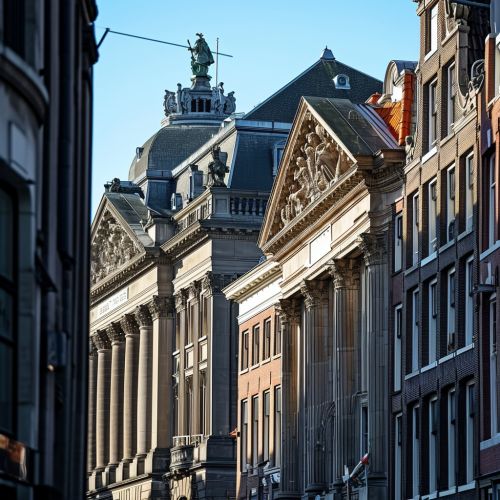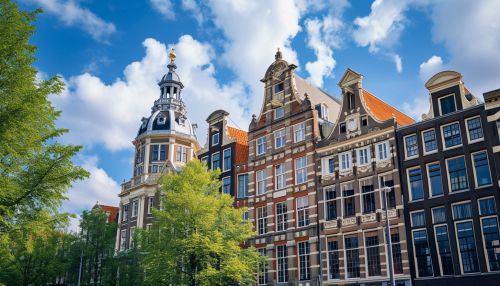Amsterdam Stock Exchange
History
The Amsterdam Stock Exchange, known today as Euronext Amsterdam, is considered the oldest in the world. It was established in 1602 by the Dutch East India Company (Verenigde Oostindische Compagnie or VOC) for dealings in its printed stocks and bonds Dutch East India Company. It was subsequently renamed the Amsterdam Bourse and was the first to formally begin trading in securities.
Although it is often believed that the origin of stock market trading began in Rome or Venice, the Amsterdam Stock Exchange is often considered the first true stock exchange. This is because it established the principles of the modern financial system and the complex system of trade, short selling, option trading, debt-equity swaps, merchant banking, unit trusts, and other speculative instruments Financial system.
Location
The Amsterdam Stock Exchange is located in the city of Amsterdam, in the heart of the Netherlands. It is situated in a historical building, the Beurs van Berlage. The exchange's impressive architecture and central location have made it a notable landmark in the city Beurs van Berlage.
Structure and Function
The Amsterdam Stock Exchange operates under the larger umbrella of Euronext, the pan-European exchange that spans the Netherlands, Portugal, Belgium, and France. As part of Euronext, the Amsterdam Stock Exchange is able to offer a range of asset classes including equities, exchange-traded funds (ETFs), bonds, commodities, and derivatives Euronext.
The exchange functions by facilitating the buying and selling of financial instruments. It provides a marketplace where products can be traded securely and efficiently. The exchange also provides a transparent and regulated environment, ensuring that all transactions meet the required legal standards.
Trading System
The Amsterdam Stock Exchange uses a modern electronic trading system. This system, known as the Universal Trading Platform (UTP), was introduced by Euronext in 2010. The UTP system is designed to handle multiple asset classes and allows for high-speed trading Universal Trading Platform.
Market Indices
The main index of the Amsterdam Stock Exchange is the AEX, a free float market capitalization-weighted index that reflects the performance of the 25 largest and most actively traded companies listed on the exchange. Other indices include the AMX (Midkap Index) and the AScX (Small cap Index), which represent medium-sized and smaller companies respectively AEX index.
Impact on the Economy
The Amsterdam Stock Exchange plays a crucial role in the Dutch economy. It provides companies with access to capital and investors with a range of investment opportunities. The exchange also contributes to economic growth and development by facilitating the allocation of capital and risk.
See Also
Euronext N.V. History of the Dutch East India Company Financial markets


